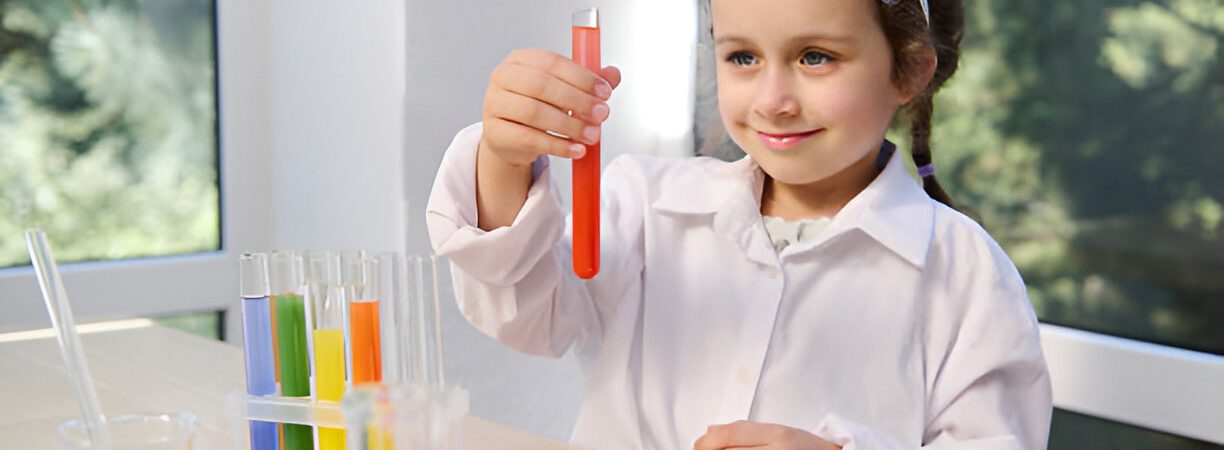The fact is that not everyone adores science learning. It may appear to be a chaos of words, figures and strange thoughts. However, science is cool! You can make science lessons much more enjoyable to kids with just a few tips added and a little enthusiasm, especially with kids you have to teach or simply those you have to help master at home.
Turn Experiments into Experiences
Live experiments are way better than just reading! Instead of only learning about how plants make food, why not grow one yourself? You can also make a lava lamp, build a volcano, or even a tornado in a bottle. These fun projects help you learn better and remember things longer.
Better yet, incorporate them into a narrative. Regard science class as a stage with every lesson being a show. This is where ideas like science magic come into play. With only a handful of common household items, you can make water walk, turn milk into rainbows, or make objects disappear while clarifying the science behind the stunt. Add this with Magical PT Elements resources providing fantasy style eBooks connecting parts to characters and narrative, and science turns into an adventure rather than a lesson.
Use Games to Reinforce Learning
Games based on science are not only for young children. There are several ways to gamify learning, from online simulations and scavenger hunts to trivia contests and escape room-style quizzes. For instance, turn the periodic table into a card game or develop a “Who Am I?” riddle series whereby kids guess the element, inventor, or scientific procedure.
Mix in Pop Culture and Storytelling
Science is everywhere, in viral YouTube videos, science fiction novels, and superhero movies. Start interest by using pop culture. Want to explain genetics? Bring in Spider Man. Want to discuss chemical reactions? Study what transpires when Iron Man turns on his suit.
Even writing helps a lot. Use stories to illustrate scientific breakthroughs—think of Isaac Newton and the dropping apple or Marie Curie’s radioactive trip. Stories help abstract concepts become more understandable and memorable by giving science a human touch.

Let Students Lead the Way
Occasionally give the reins over. Encourage students to select a topic they find interesting and present it their own way: through posters, movies, models, even skits. Empowering them over their education increases confidence and drives motivation.
This also lets several learning methods come through. While more practical learners may choose building something, visual learners could design diagrams. The main objective is to make science adaptable and personal.
Add Visuals and Interactive Media
Let’s not discount the value of visual education. Diagrams, animations, and vibrant infographics help people understand challenging ideas much more. Even a brief video snippet can explain what a page of text could baffle.
Many visual, enjoyable learning science books transforming lessons into art are available now. Available on AMAZON, these kinds of books meant to combine learning with fun are a great tool for both teachers and students trying to include more color to the classroom.
Final Thoughts
Science is more than just a subject; it’s how we think and explore the world. To truly make science fun, connect it to real life instead of watering it down. Spark curiosity with creativity, and you might just turn any student into a science lover. Experiment with these ideas to see what clicks, and watch science class go from boring to amazing.


